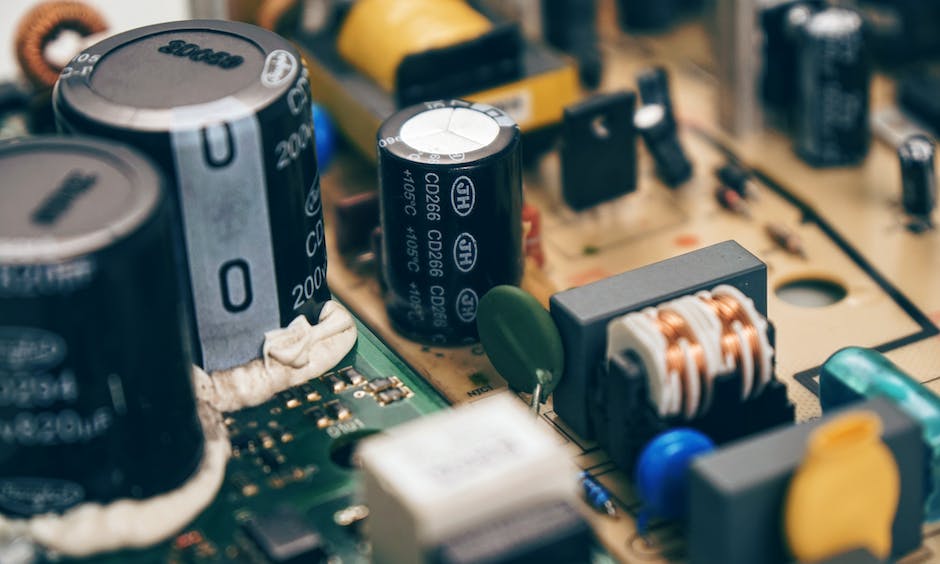In the rapidly evolving world of electronics, the path from concept to production is fraught with challenges. One strategy that has emerged as a game-changer for the industry is co-design, a collaborative process that integrates the expertise of electronics manufacturers (EMS) with the innovative vision of product designers from the very beginning. This partnership approach to product development offers significant advantages, enhancing innovation, streamlining the production process, and ultimately leading to more successful and market-responsive products.
Understanding Co-Design
Co-design in electronics manufacturing is a methodology where the product development process is not solely led by the product designers but is a collaborative effort with the manufacturers. This approach leverages the manufacturer’s deep understanding of the production capabilities, materials, and technologies from the outset, ensuring that the design is not only innovative but also manufacturable and scalable.
Benefits of Co-Design
Enhanced Innovation: By involving manufacturers early in the design process, product designers can access a wealth of practical insights and technological possibilities, opening up new avenues for innovation. This collaboration fosters a creative synergy, pushing the boundaries of what can be achieved.
Reduced Time to Market: Co-design streamlines the product development process by identifying potential production issues early on. This proactive approach can significantly reduce the need for revisions and retooling, accelerating the path from prototype to production.
Cost Efficiency: Early manufacturer involvement helps in designing products that are not only innovative but also cost-effective to produce. By aligning the product design with the manufacturer’s capabilities and efficiencies, companies can avoid costly design overhauls and material wastage.
Improved Product Quality and Performance: Co-design allows for real-time feedback and iterative improvements, ensuring that the final product not only meets but exceeds market expectations in terms of quality and performance.
Market Responsiveness: This collaborative approach enables companies to more effectively align their product development with current market trends and consumer demands, increasing the likelihood of product success.
Implementing Co-Design
Adopting a co-design approach requires a shift in mindset from both manufacturers and product designers. It necessitates open communication, trust, and a willingness to engage in a truly collaborative partnership. Companies looking to leverage this approach should seek out manufacturing partners with the expertise, technological capabilities, and willingness to engage in this collaborative process.
For those in the electronics sector seeking a partner to realize the benefits of co-design, VECTOR BLUE HUB is an example of a contract electronics manufacturing company that goes beyond the traditional “build to print” scope. By offering services that support co-design, from prototyping to industrialization and supply-chain planning, VECTOR BLUE HUB can be a valuable ally in bringing innovative electronic products to market.
In conclusion, the strategic advantage of co-design in electronics manufacturing lies in its ability to merge the creative and innovative capabilities of product designers with the practical, technical expertise of manufacturers. This collaborative approach not only accelerates product development and enhances innovation but also ensures that products are cost-effective, high quality, and aligned with market needs. As the electronics industry continues to evolve, the co-design methodology represents a forward-thinking approach to product development, promising a more efficient, innovative, and successful path from concept to consumer.

